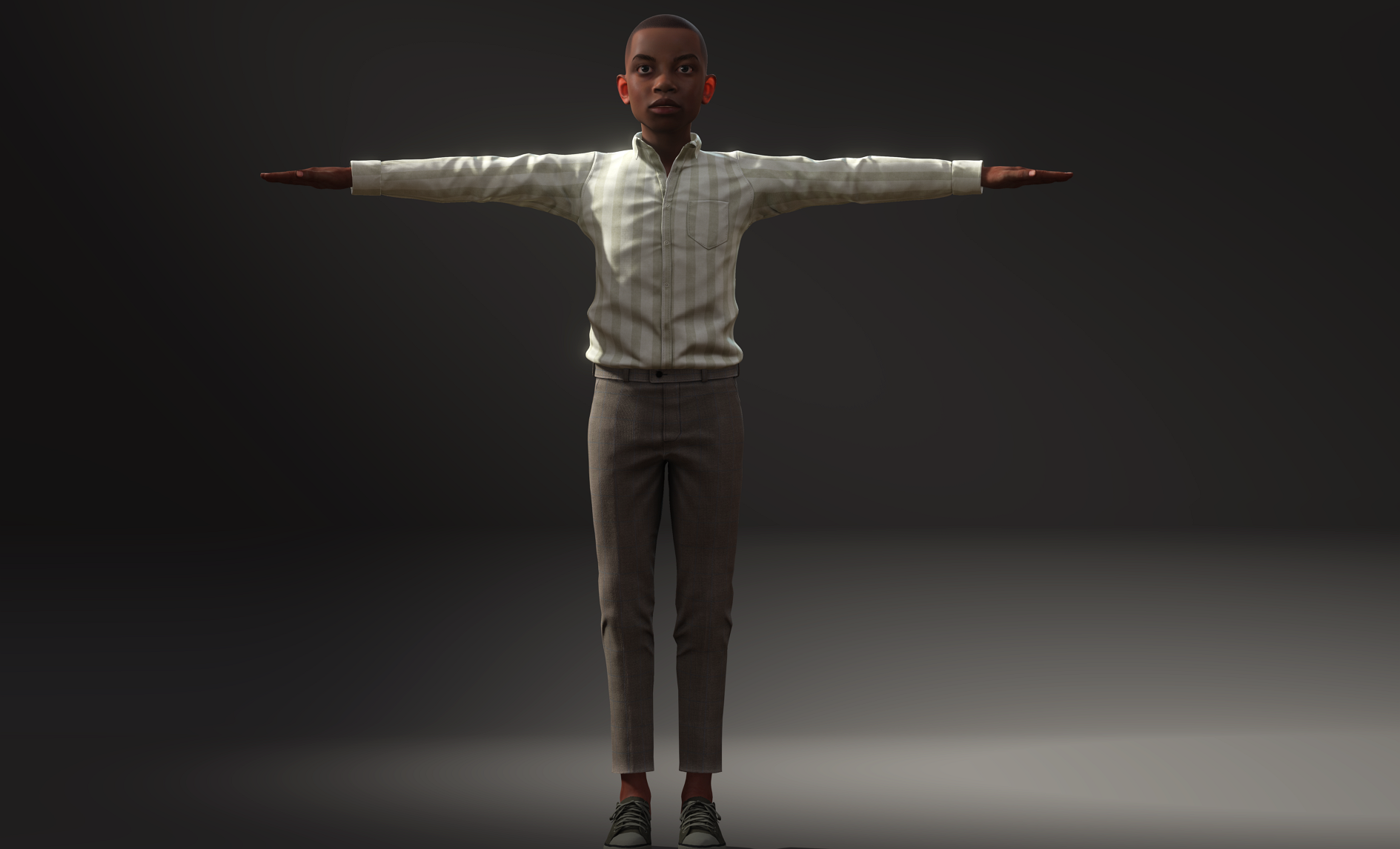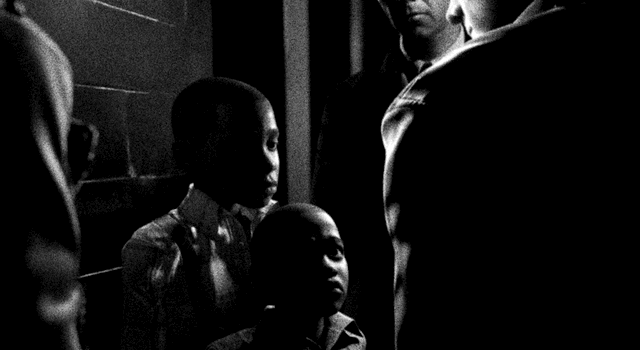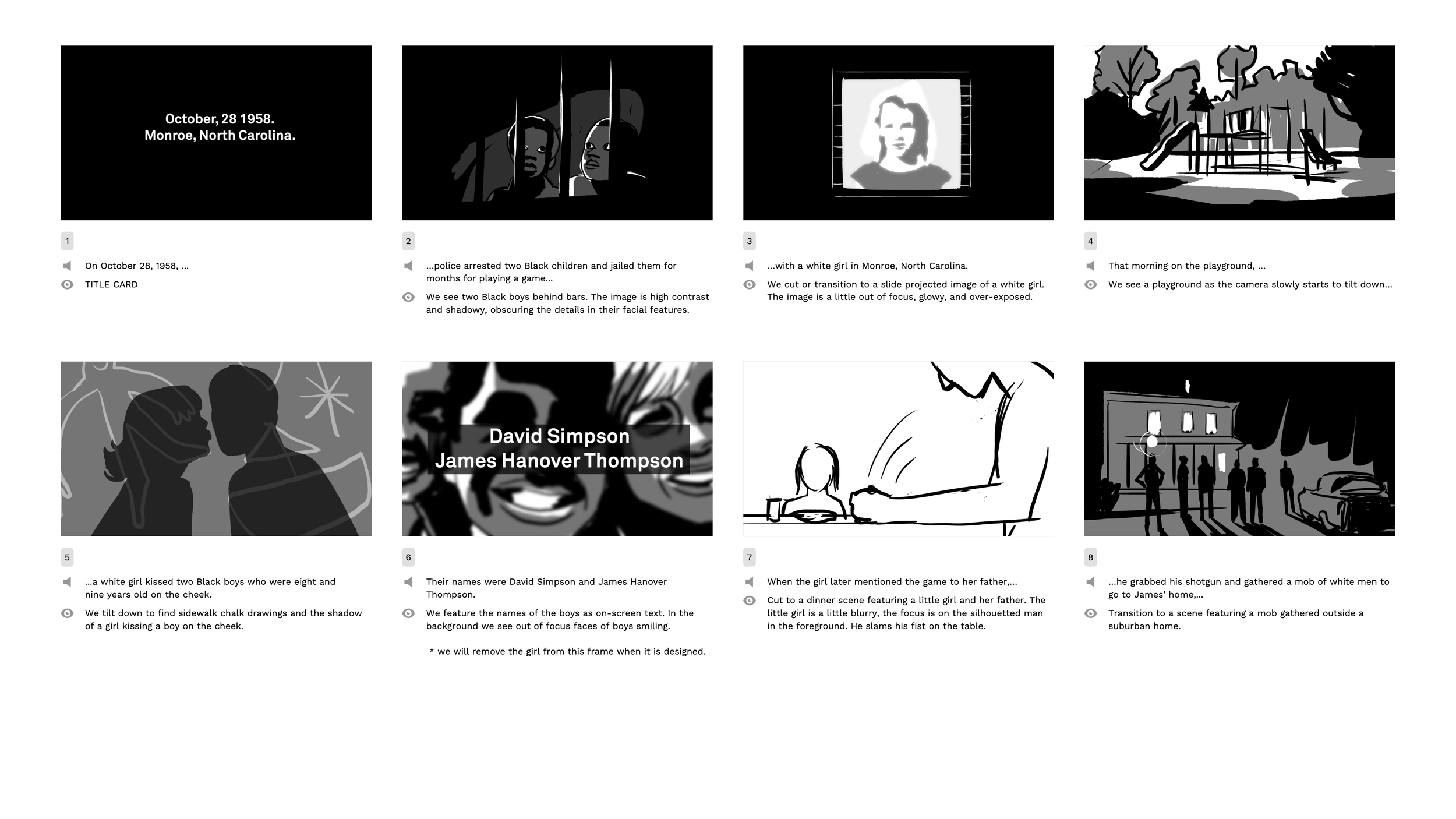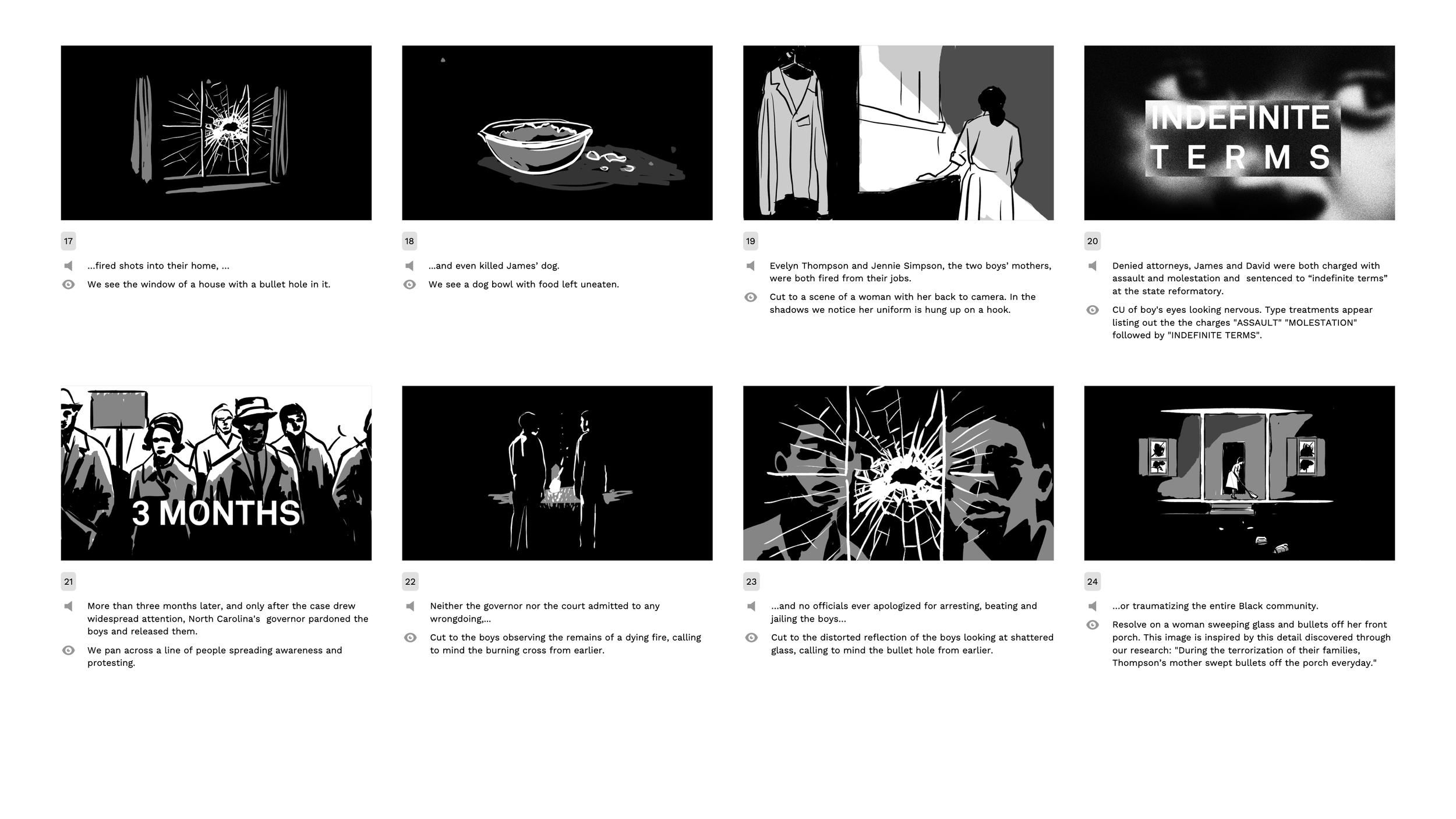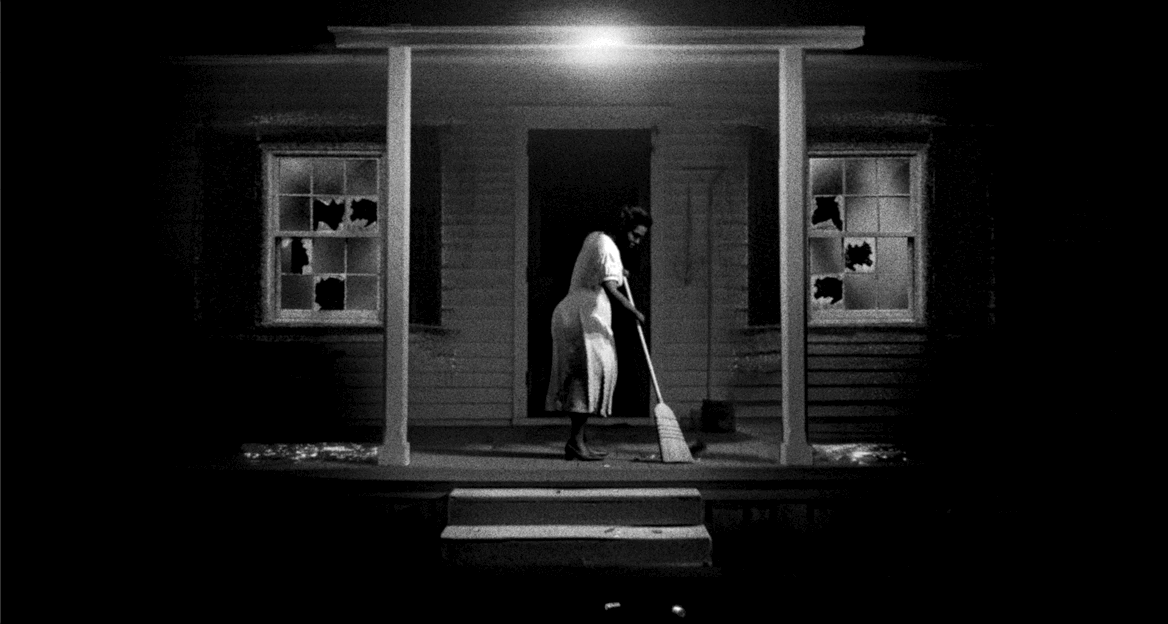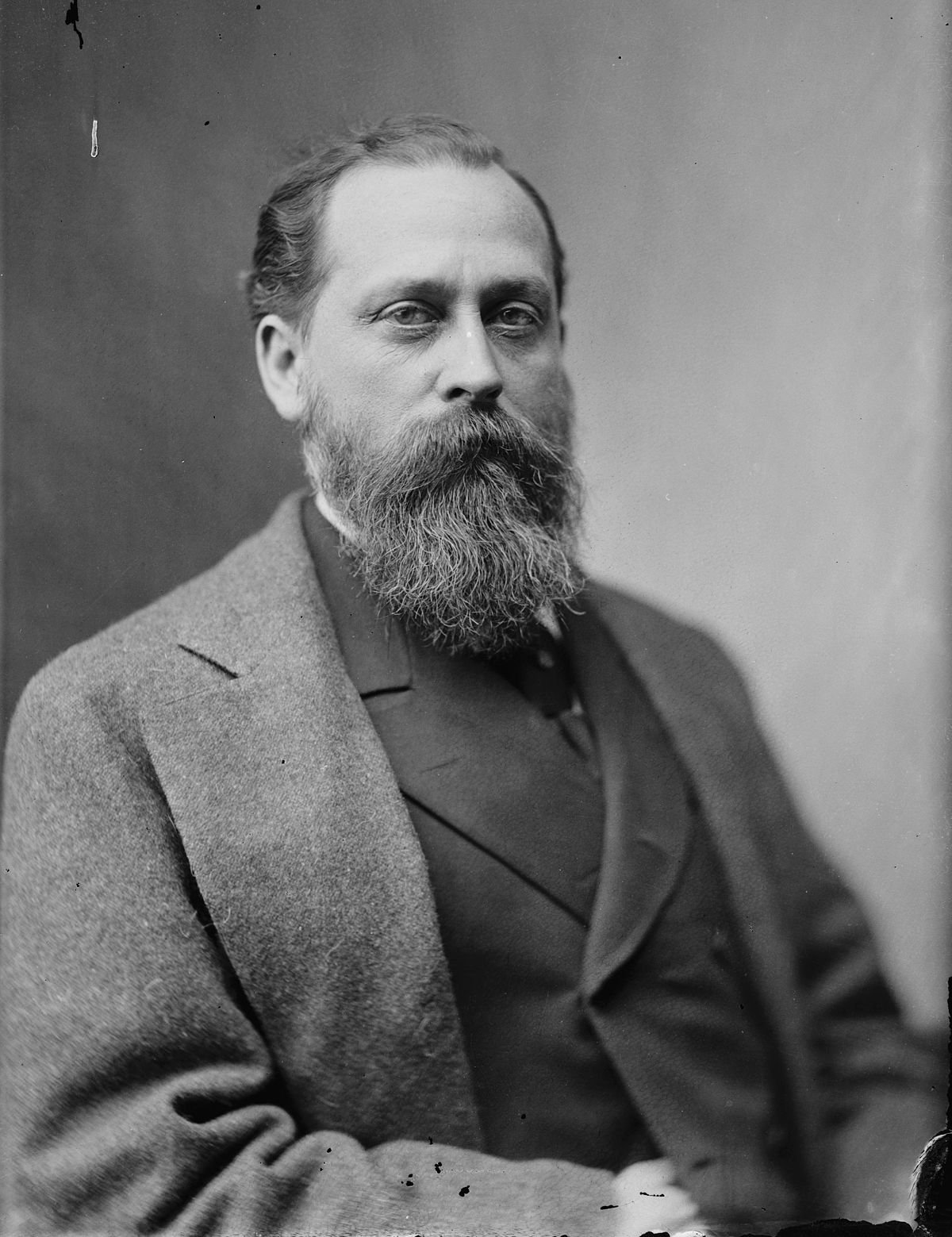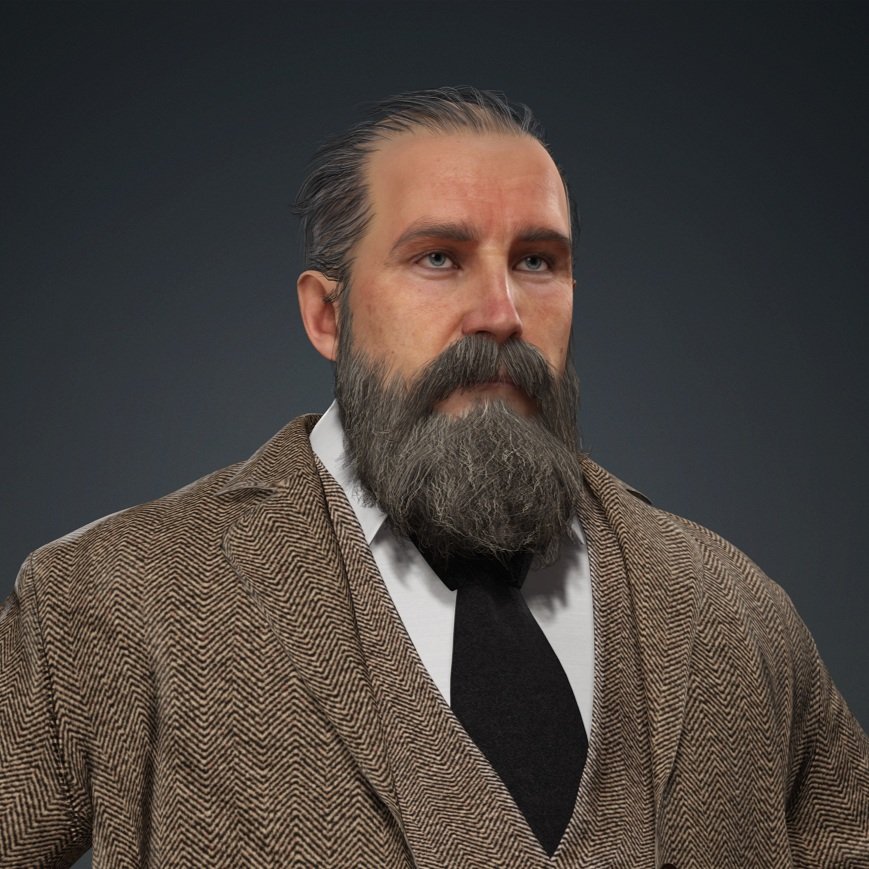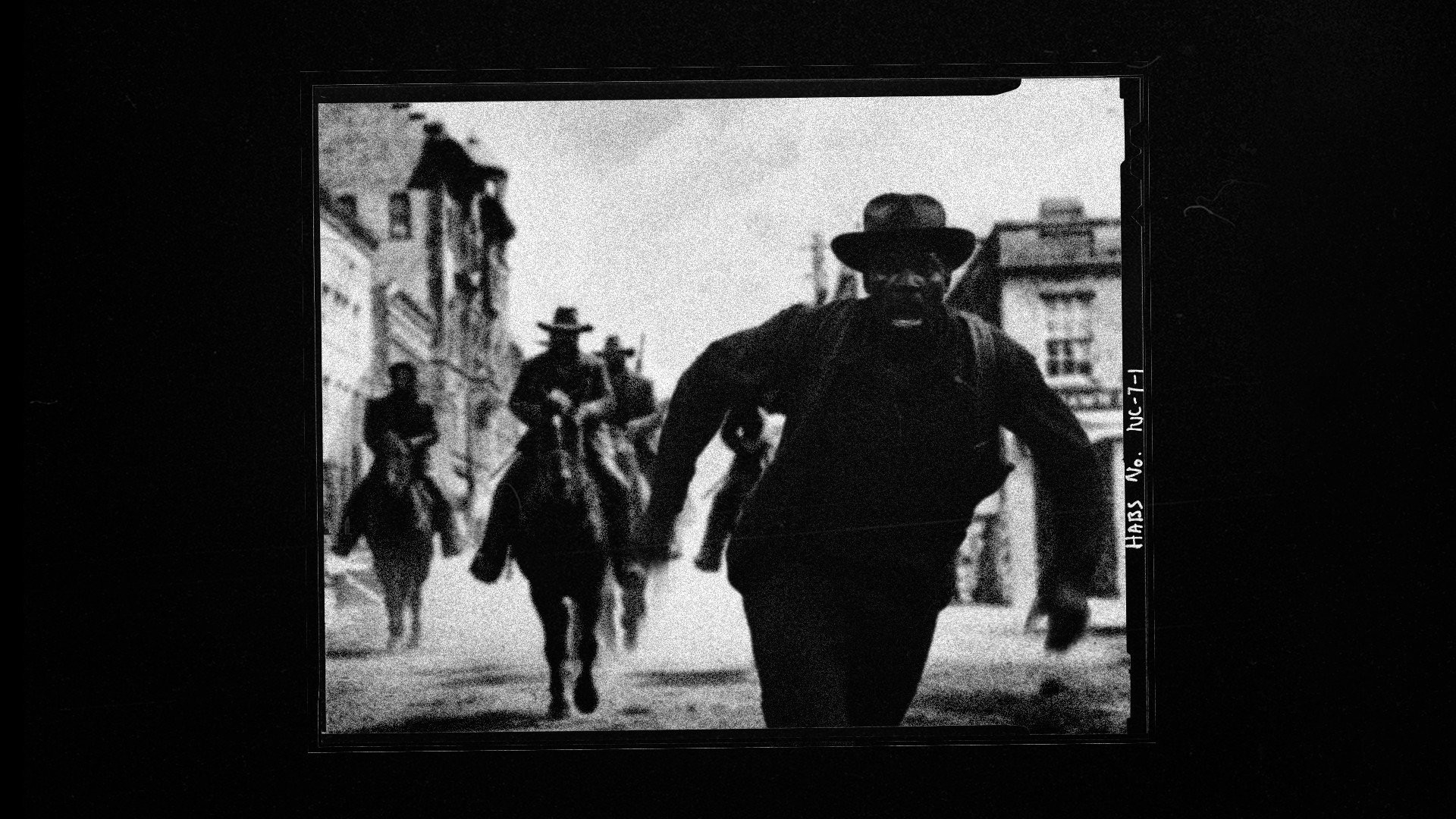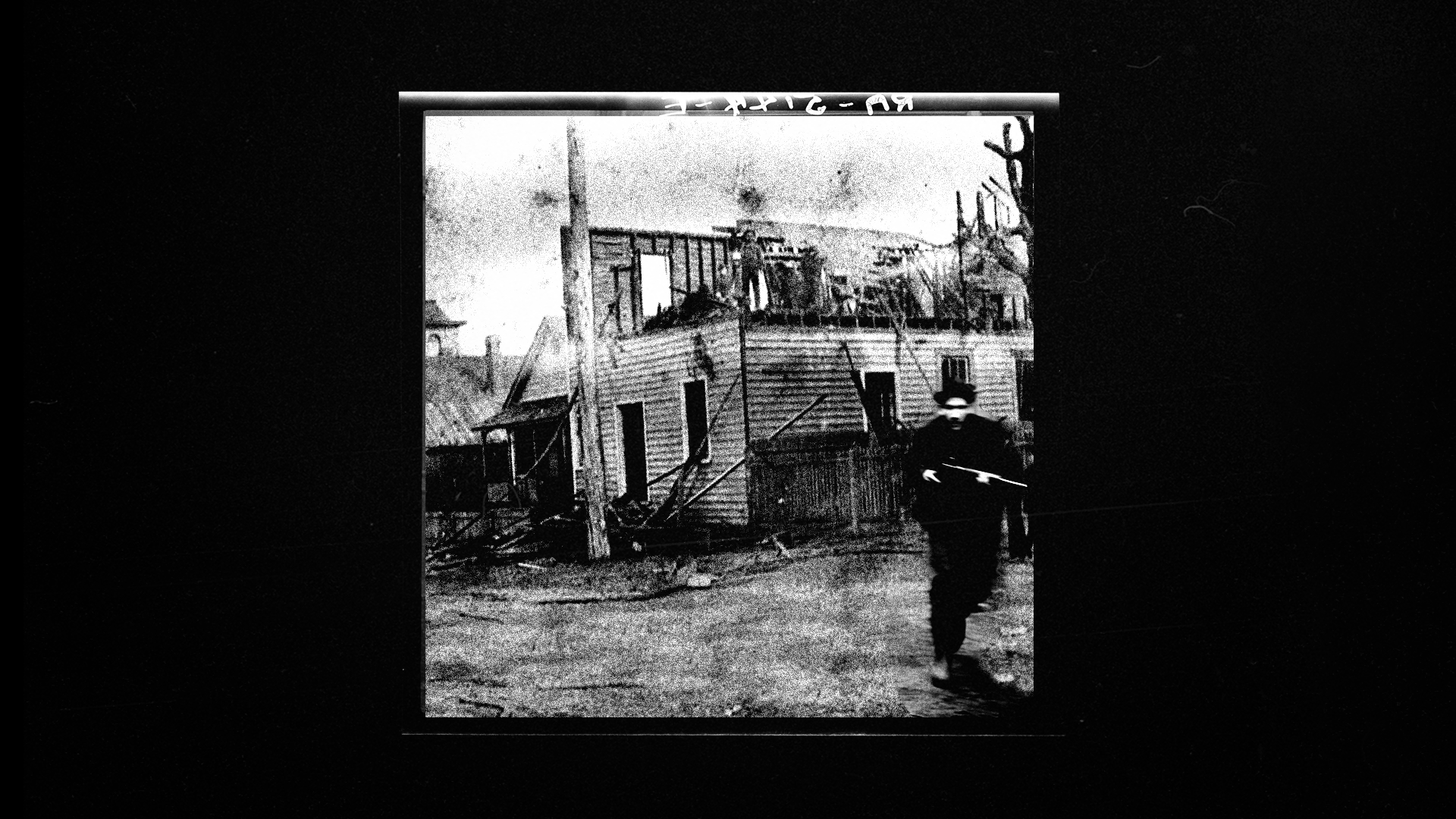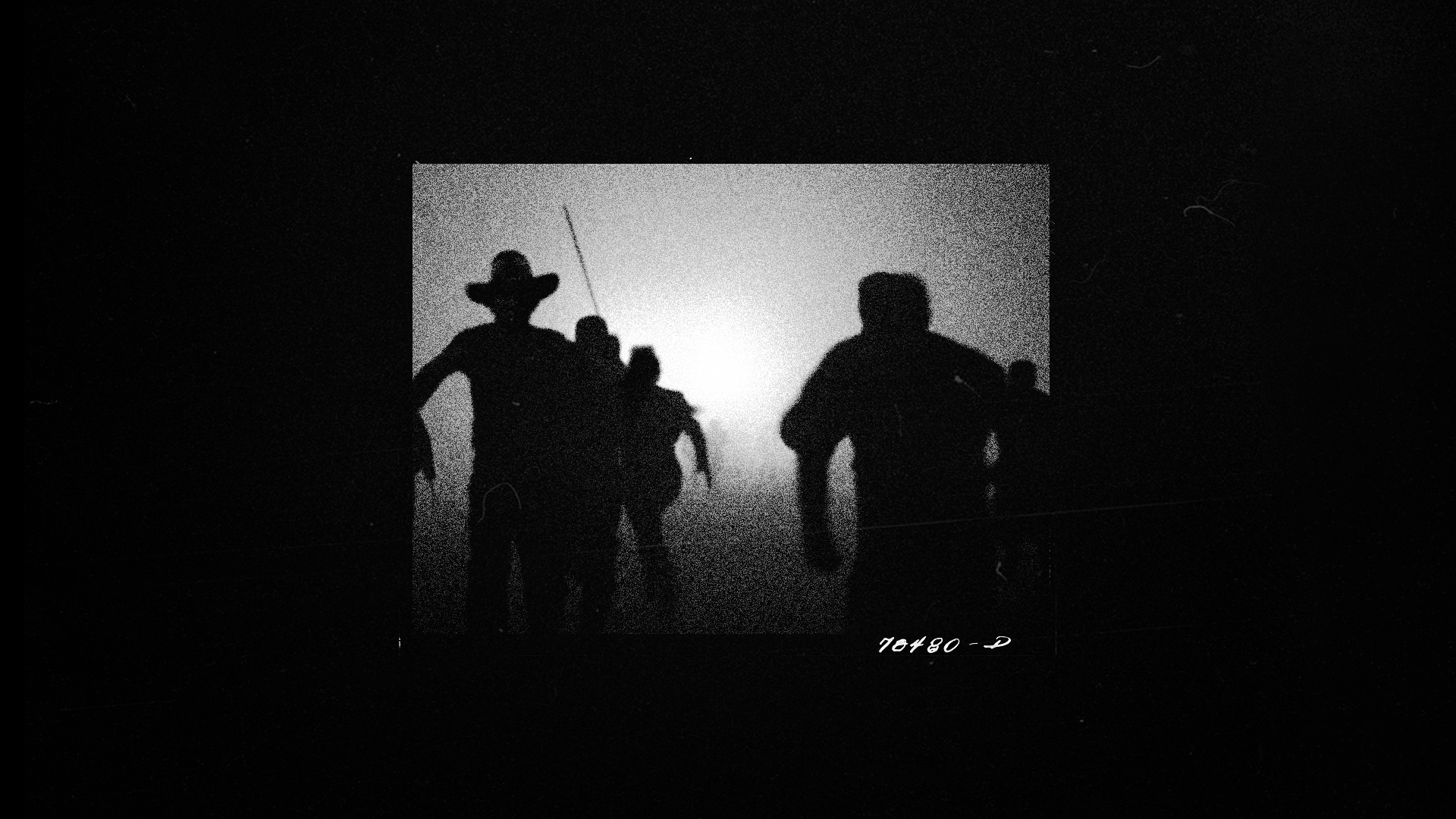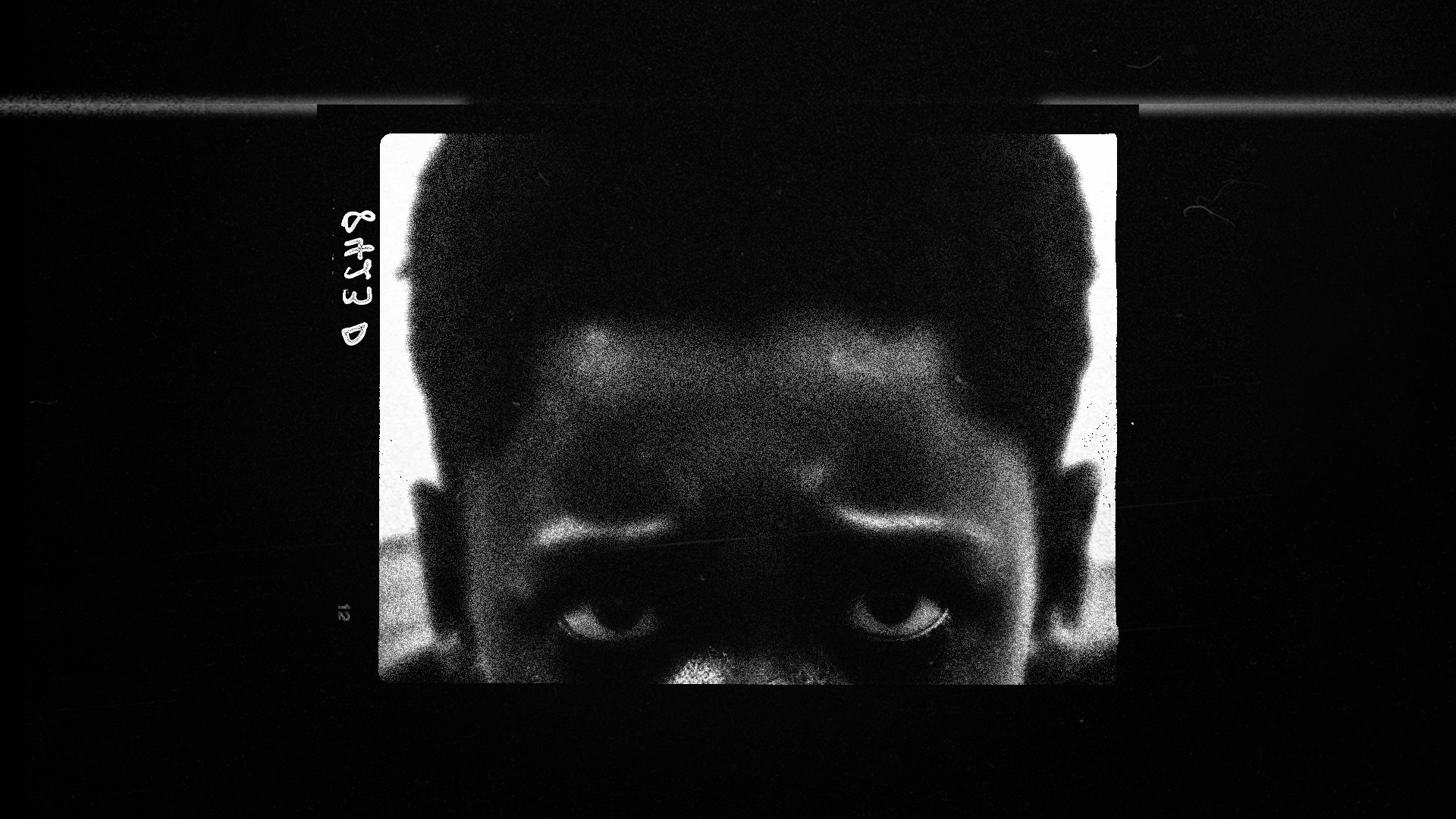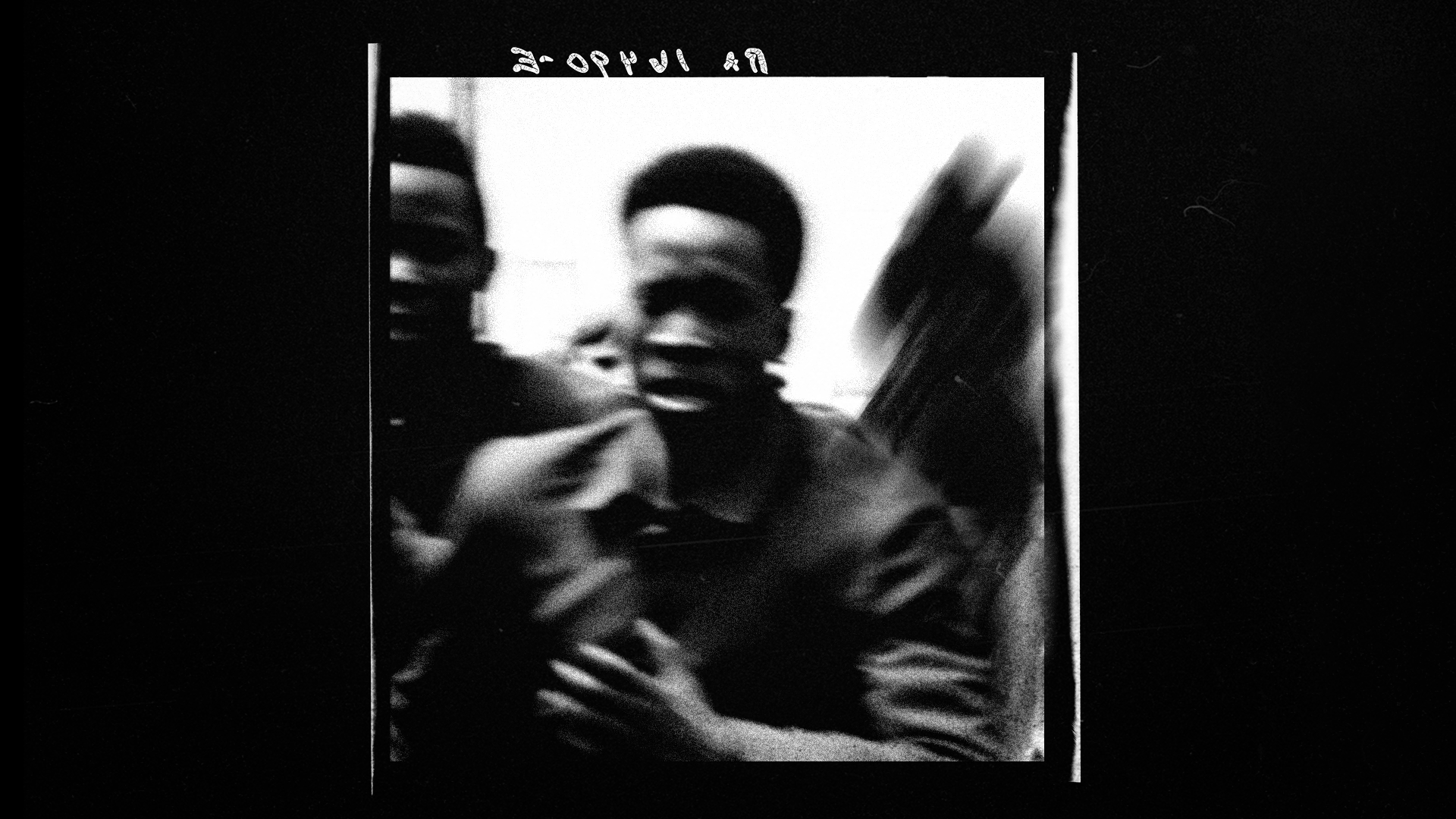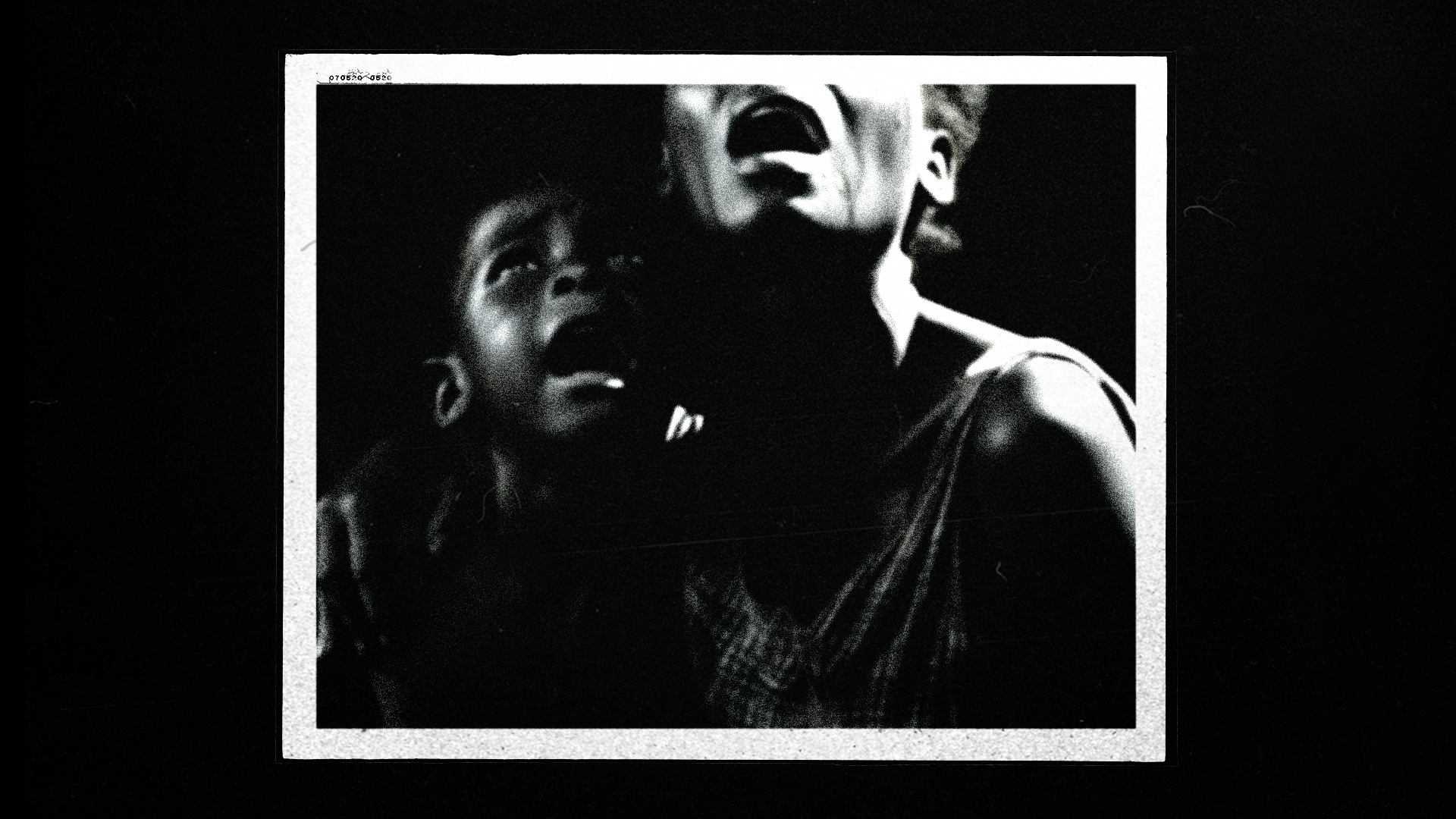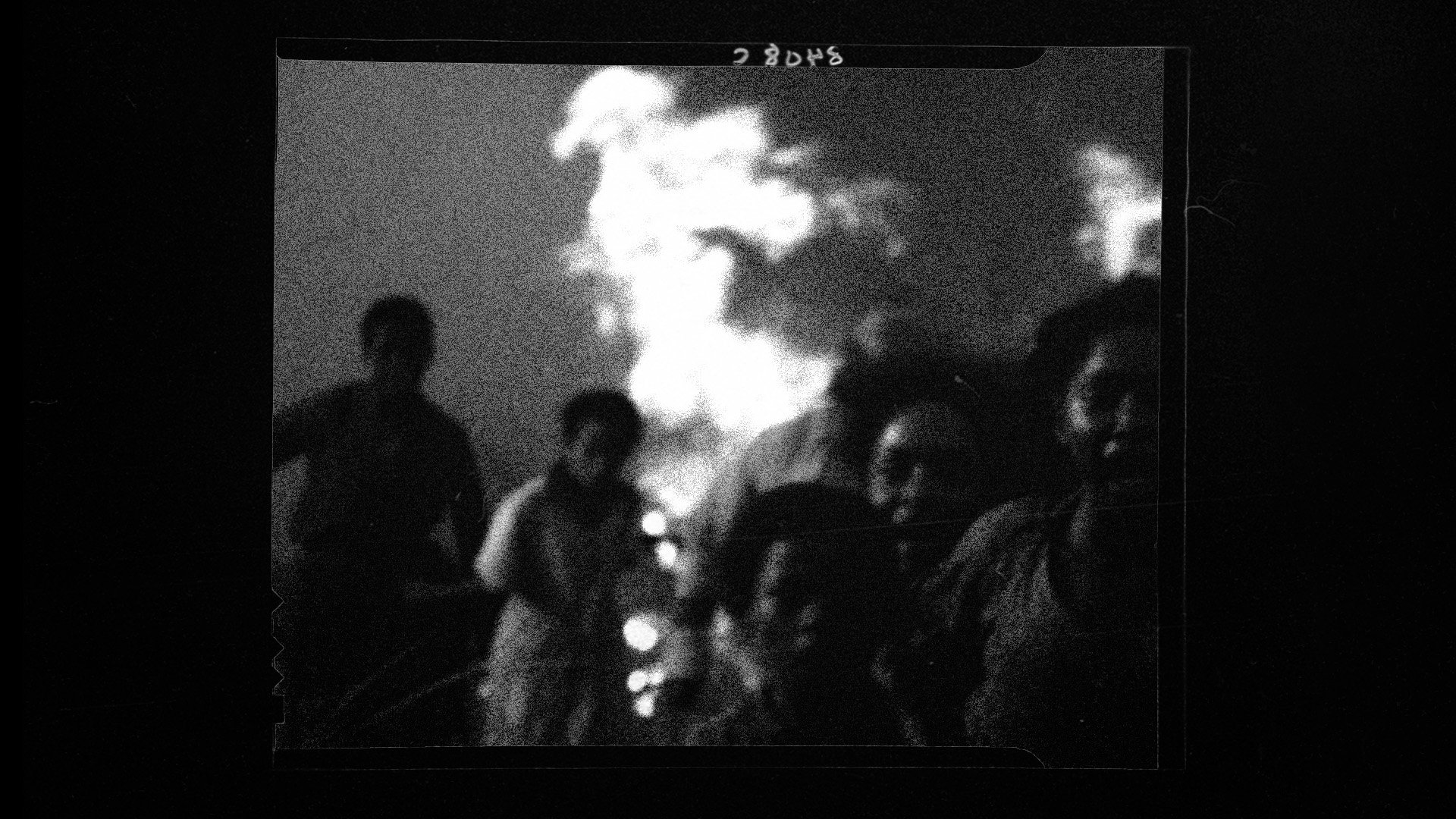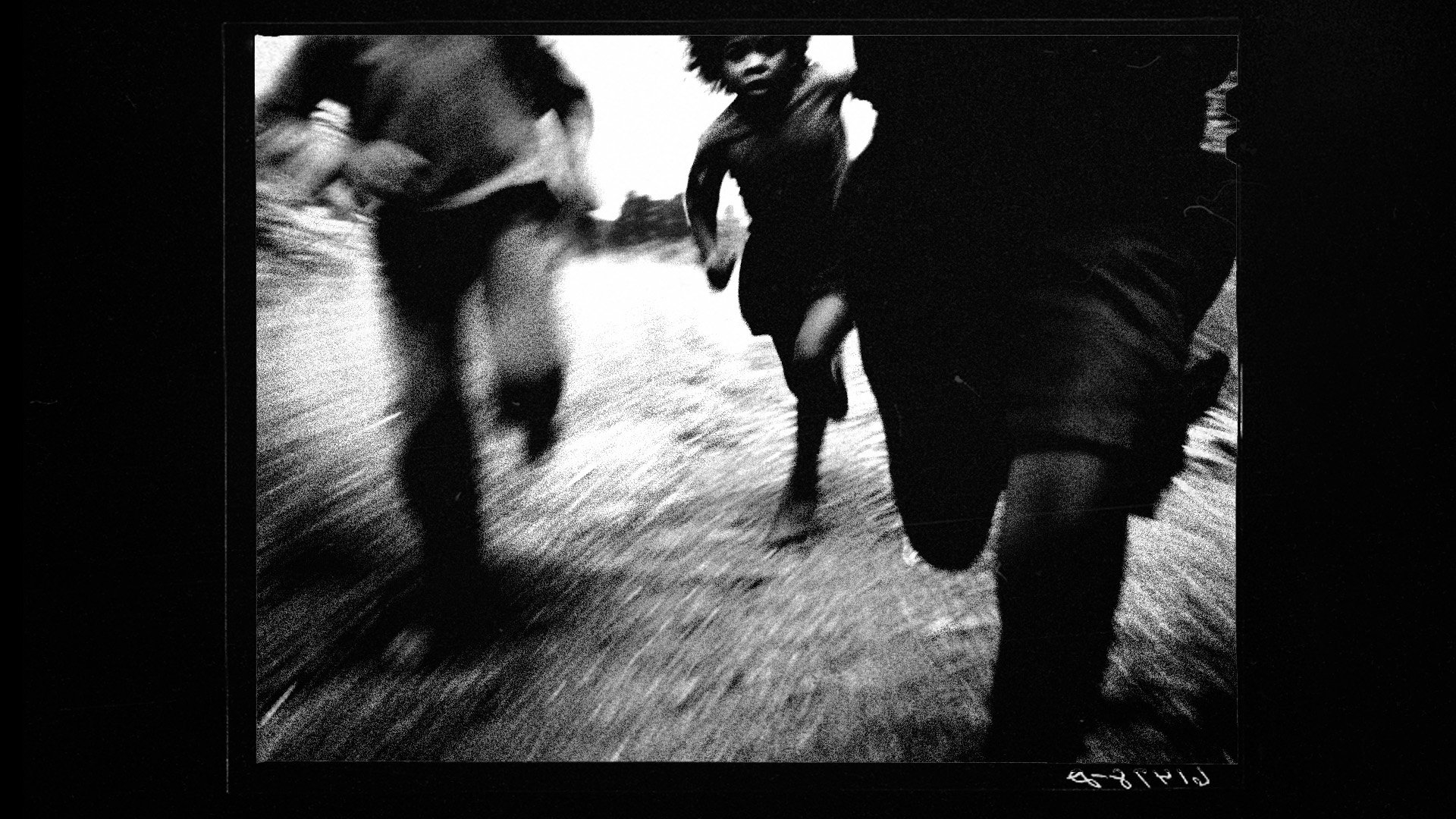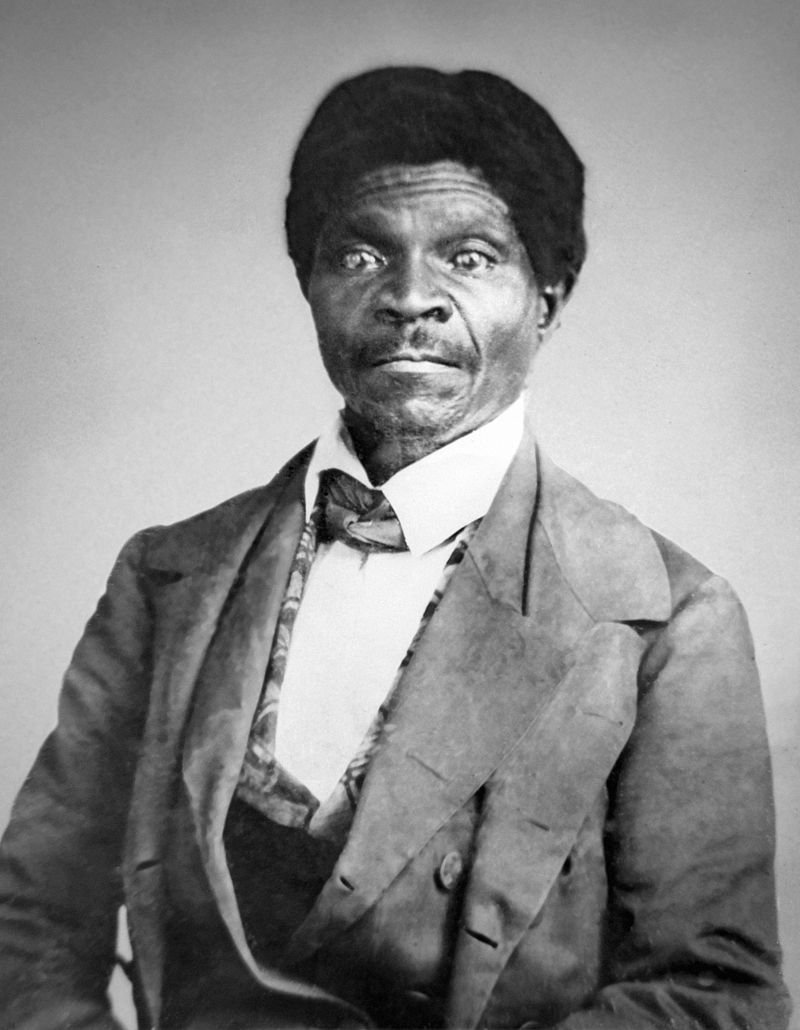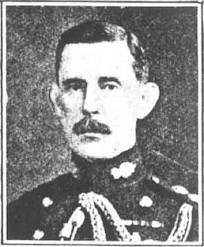
EJI | Centuries of Struggle
Continuing our collaboration with the Equal Justice Initiative, we created an animated film series that highlights the profound legacy of racial injustice in America's history. This series consists of ten films designed to bridge historical events with present-day experiences, fostering a dialogue of understanding and empathy.
View the trailer below, followed by select films from the series and a full breakdown of our production process.

film 1
THE KISS

Our first film in the series, recounts an event that took place 65 years ago in which police arrested, jailed, and physically assaulted two Black children after a white child kissed them on the cheek. The lives of the two boys were forever altered, and the trauma endured by them and their family extended to the entire Black community of Monroe, North Carolina.

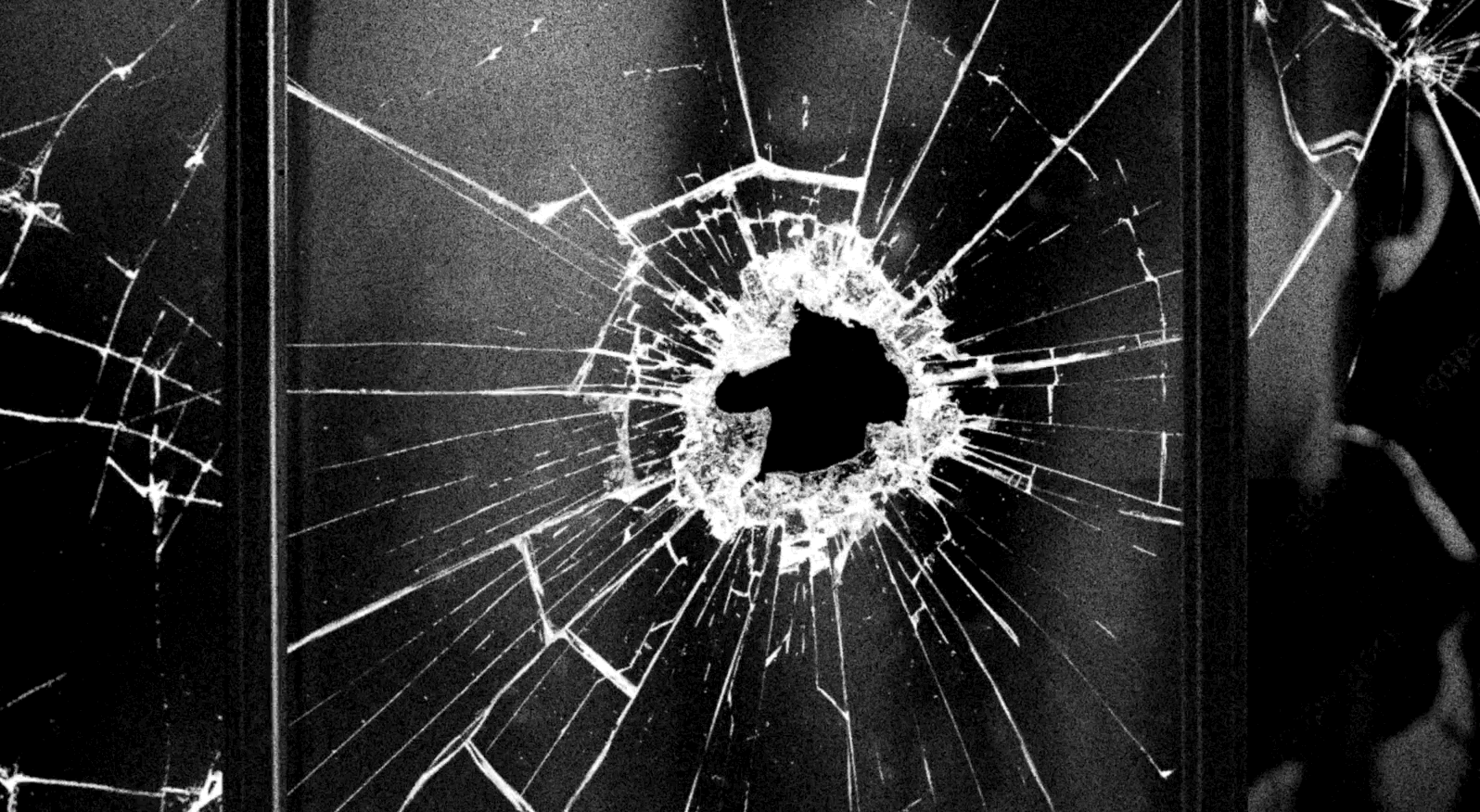
Realistic Representation
In our commitment to honoring the true narrative of James Hanover Thompson and David Simpson, our technical approach to this film melded reverence for history with innovation. The pre-production phase was anchored in thorough research where our team poured through archival photographs from the era and articles written about the events. This was coupled with a detailed briefing from our partners at the Equal Justice Initiative. We then created 3D models and bespoke clothing that mirrors the actual clothing from the reference materials, further bridging the gap between past and present while maintaining the dignity of the individuals' memories.
Finding Our Story
For this film, and the series it initiates, our narrative framework draws inspiration from documentary filmmaking techniques, utilizing a diverse palette of visual storytelling methods. We strategically employed a blend of photography, meticulously rendered images, animated sequences, and expressive typography. Each scene was carefully orchestrated to utilize the most effective visual communication method for the intended emotional and narrative impact, ensuring a cohesive and engaging experience.
film 2
THE COUP
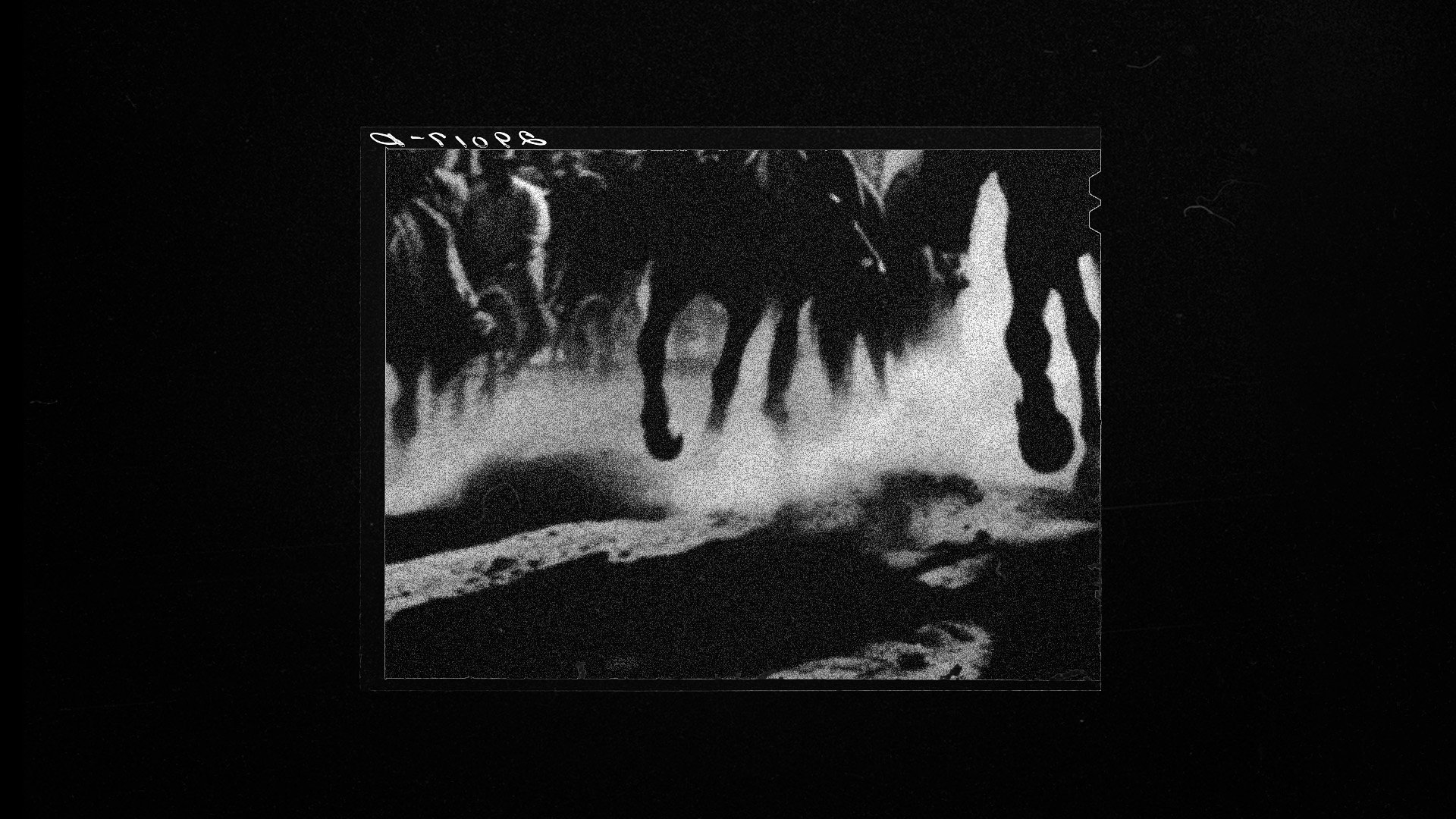
Our second film in the series recounts an event in which over 2,000 armed White people descended on Wilmington city Hall and forced Black and White elected officials to resign in a coup. The goal of the militia was to dismantle the biracial government and codify White supremacy as state policy - a goal that was achieved, significantly impacting life in Wilmington, North Carolina for half a century to follow.
Creating the Colonel
Colonel Waddell’s design was based off of archival photographs and illustrated portraiture from the era.
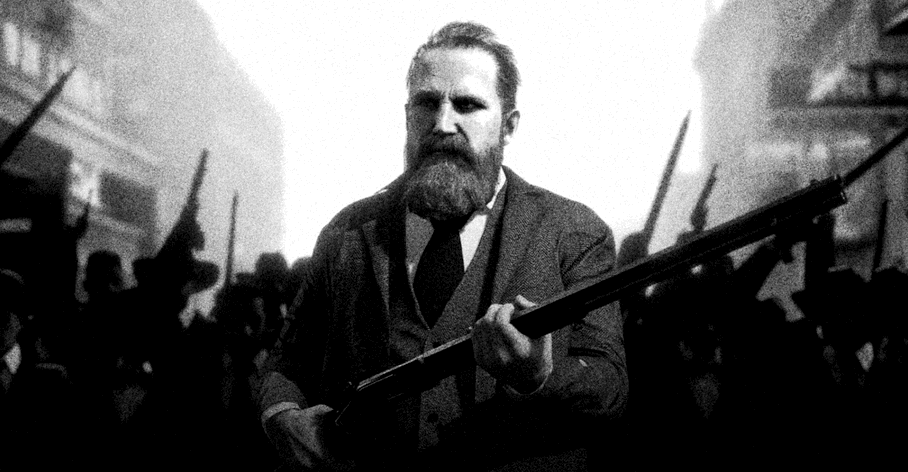
“Colonel Waddell, who led the insurrection, was appointed Wilmington’s new mayor.”
film 3
GEORGE STINNEY

Our next film revisits the harrowing story of George Stinney, the youngest person executed in the United States during the 20th century. At just 14, George was wrongfully convicted and executed in 1944 for the murders of two white girls in South Carolina—a tragic consequence of racial prejudice.
film 4
DRED SCOTT

Our third film tells the story of Dred Scott, an enslaved Black man who, along with his wife Harriet, fought for freedom in the American legal system. Their landmark case reached the 1857 Supreme Court, which ruled that Black people could not be U.S. citizens, denying the Scotts their liberty. This pivotal moment in history highlights the racial injustices of the era. Tragically, Dred Scott died of tuberculosis shortly after gaining freedom, his life and struggle embodying a profound chapter in the fight for civil rights.
“The Supreme Court ruled in Dred Scott v. Sandford that Black people were not American citizens and could not sue in courts of law.”

film 5
ALIEN LAND LAW

This film explores the impact of the 1913 Alien Land Law in California, which prohibited Asian immigrants from owning land. Highlighting a significant episode of anti-Asian discrimination, this law and its subsequent versions across sixteen states epitomized the deep-rooted racial barriers in America. The story captures the resilience of Asian communities against institutionalized racism, underscoring a long struggle for justice and equality.
film 6
BLACK LAWS
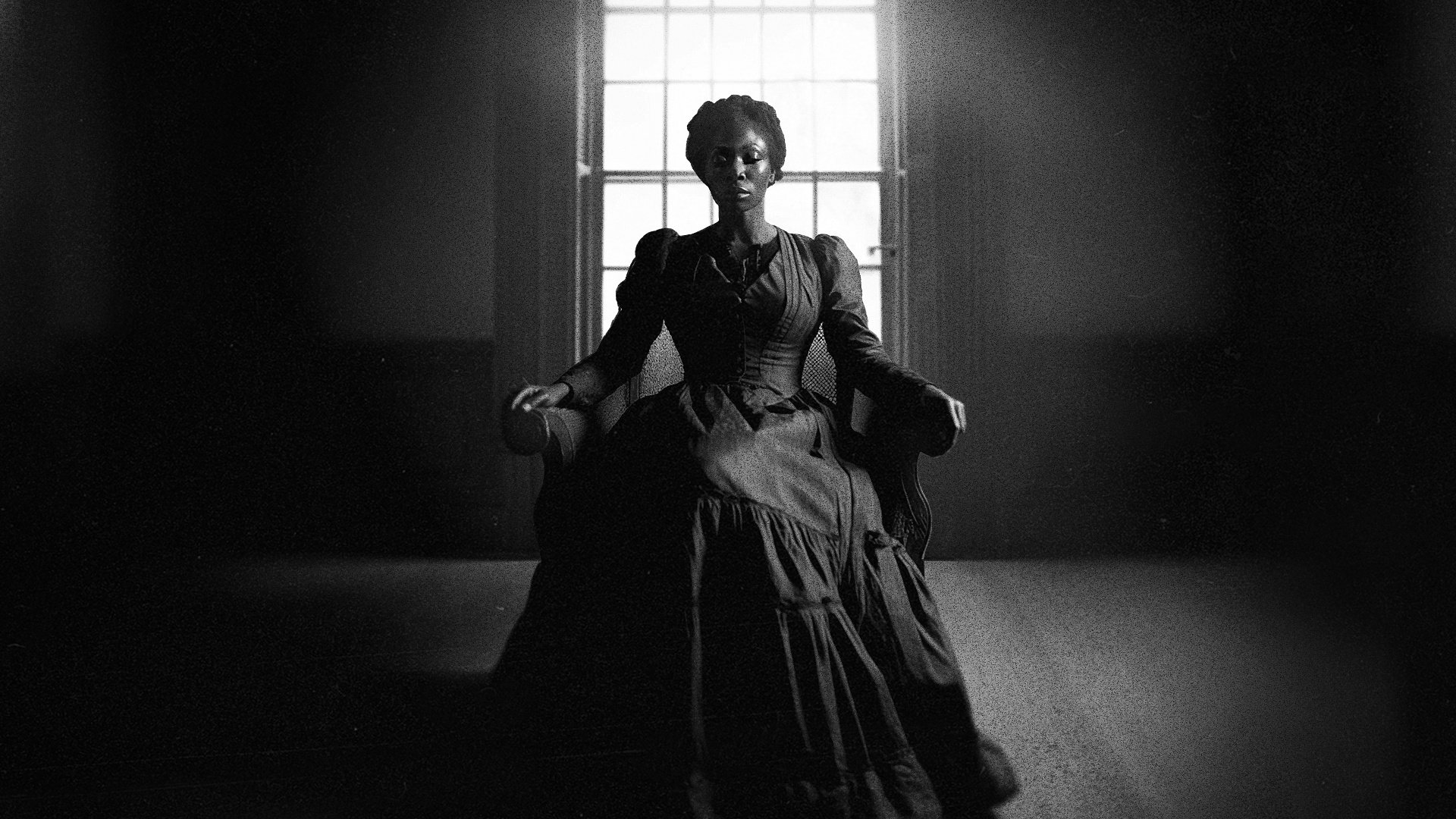
Set in 19th-century Ohio, our third film uncovers the grim reality of the "Black Laws," designed to oppress Black residents who sought refuge and freedom there. These laws, particularly the 1807 testimony law, stripped Black people of their right to testify against white aggressors, rendering them vulnerable to exploitation and injustice. Highlighted by a poignant 1841 case where a Black woman could not testify in the murder of her husband by white men, this story reveals the enduring struggle for racial equality and the haunting legacy of such discriminatory laws in shaping contemporary society.
film 7
RESISTANCE TO INTEGRATION
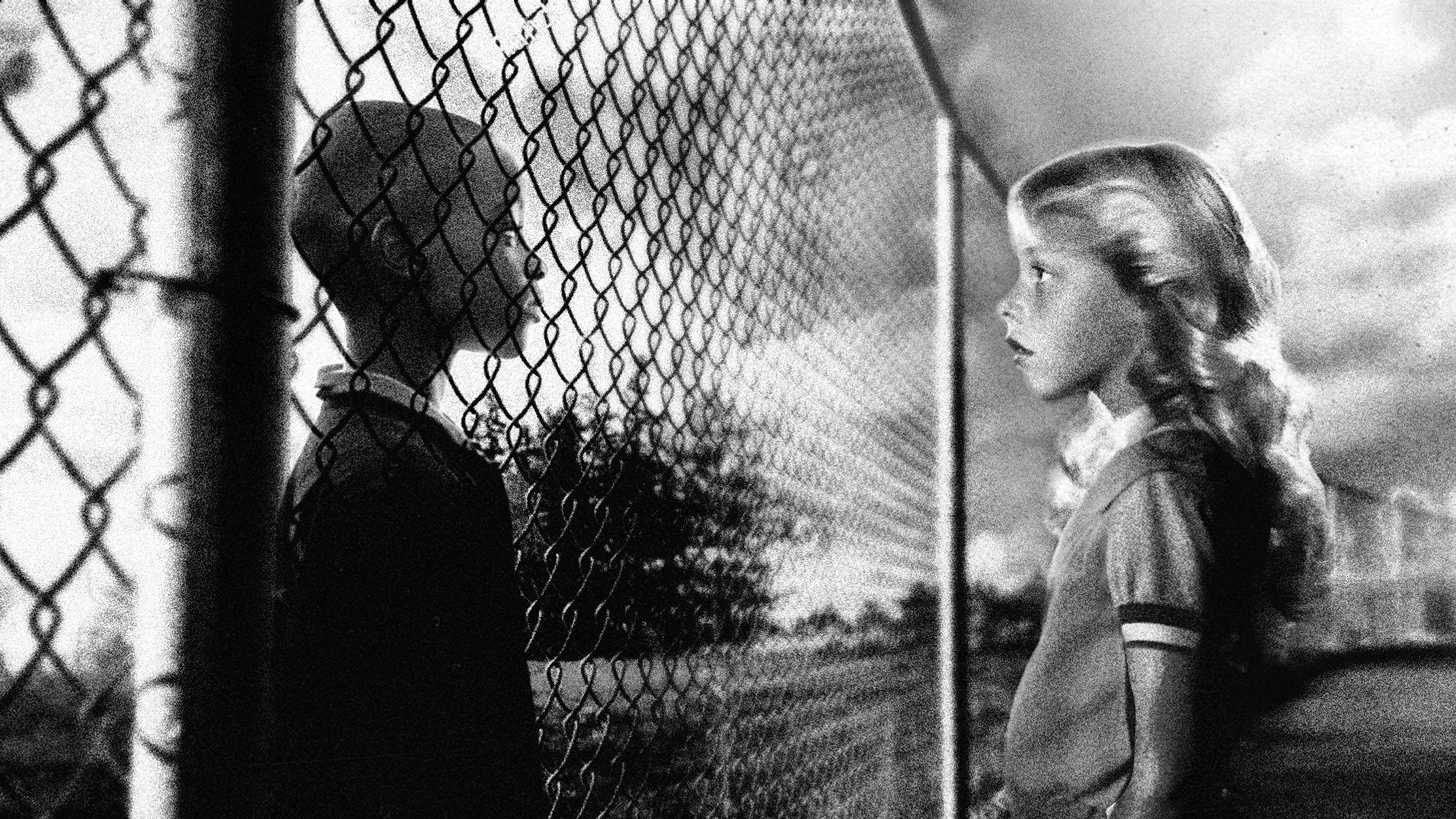
Set against the backdrop of 1952 Georgia, where Governor Herman Talmadge's draconian measures threatened to abolish public schools rather than integrate them, our third film in the series reveals the harsh realities of racial exclusion in education. This poignant tale, set in a time when even the Supreme Court's rulings couldn't sway the tide of segregation, mirrors issues still relevant today.
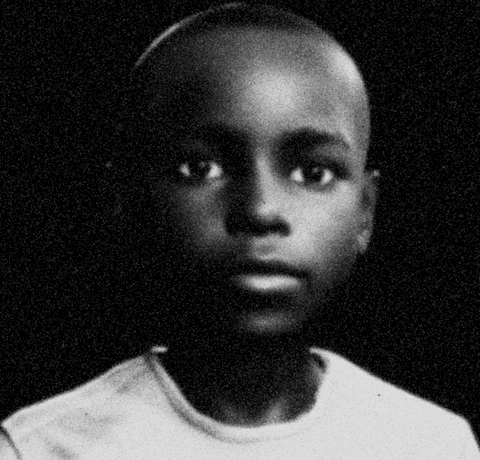
Both “The Kiss” and “Resistance to Integration” presented unique challenges in animation, requiring us to create 3D models of children capable of expressing a wide range of emotions.
-
Client | Equal Justice Initiative
Creative Agency | Reunion
Voice | Bryan Stevenson
Creative Director | Chris Carboni
Producer | Rosetta Canuto
Story | Chris Carboni, Jardley Jean-Louis
Research | Jardley Jean-Louis
Design | Kim Dulaney, Elena Chudoba, Chris Carboni
Animation | Djeison Canuto, Andy Kennedy, Craig Davis
Music and Sound | Ambrose Yu









